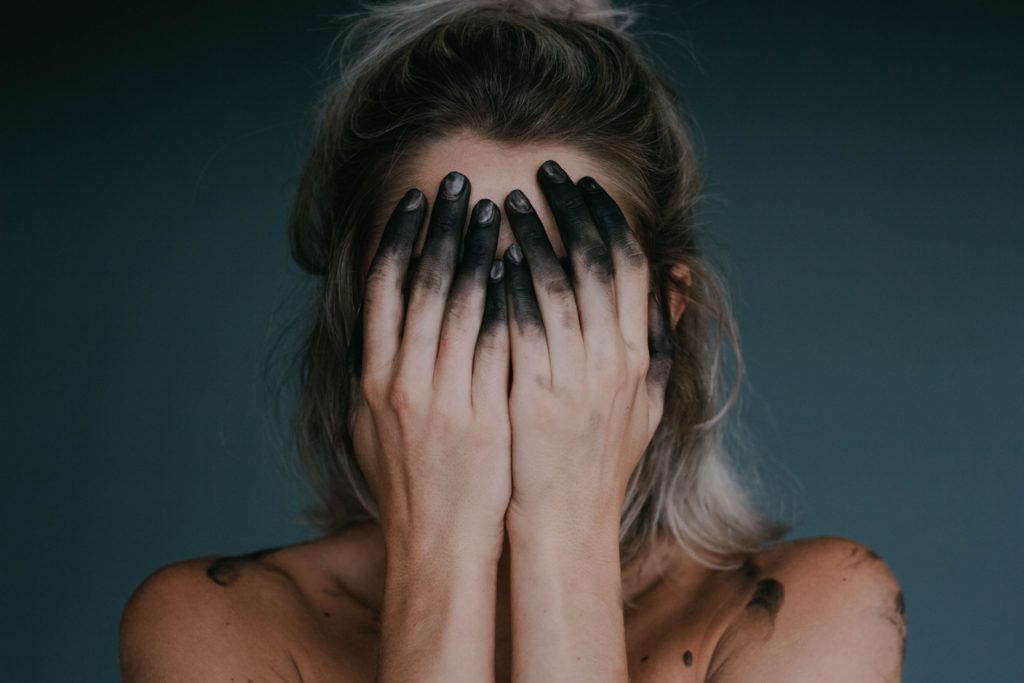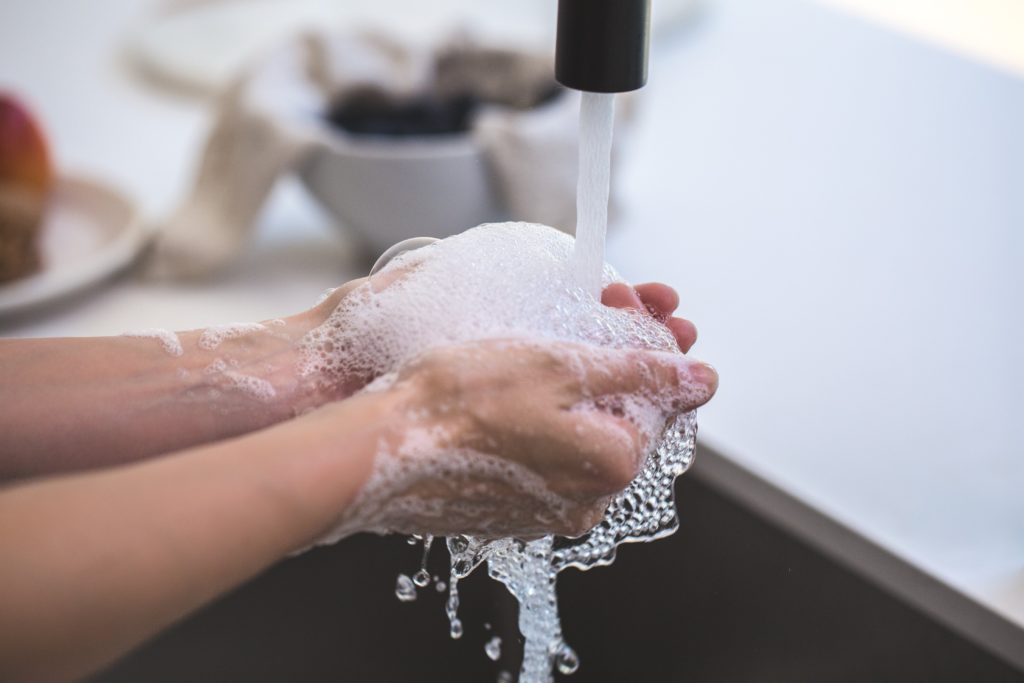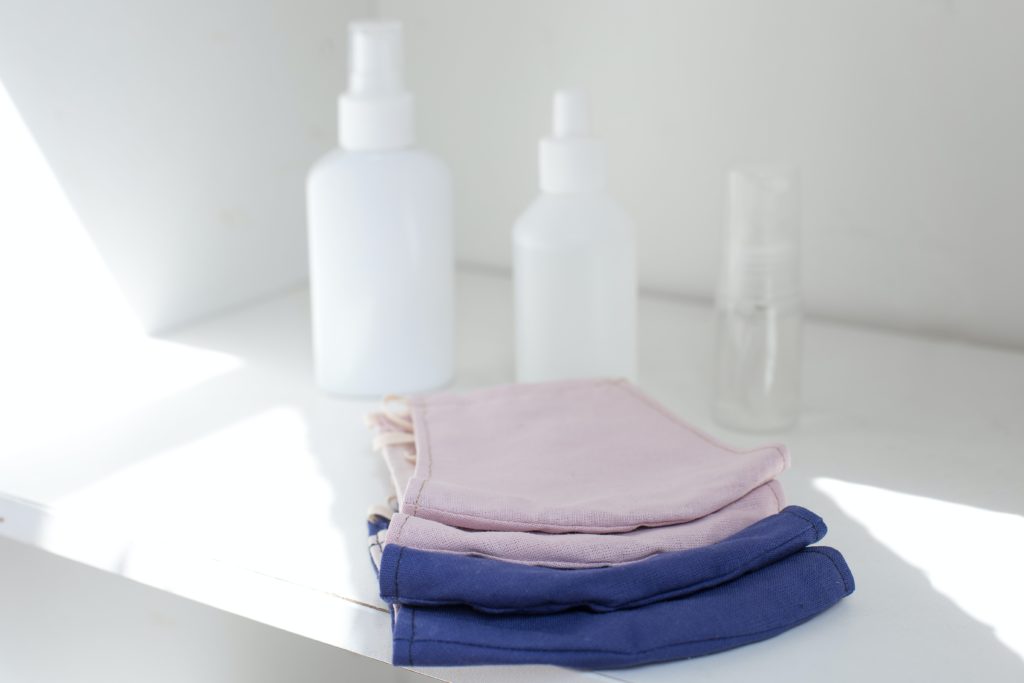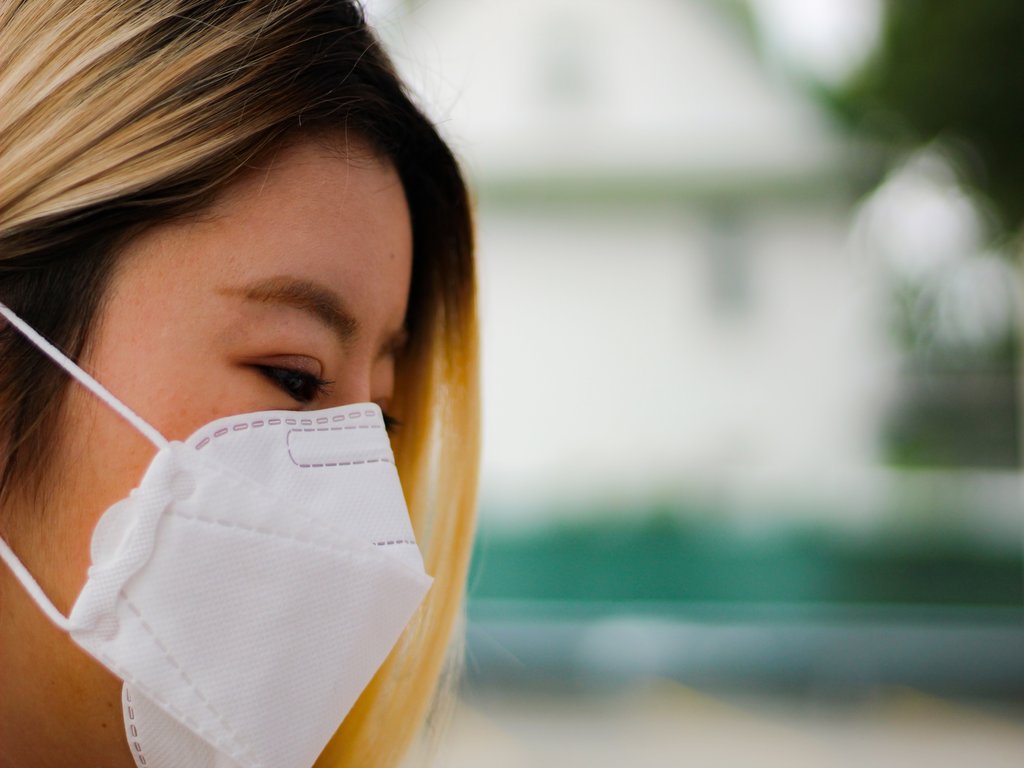4 Mins Read
Wearing a mask in public spaces at all times has become the norm, but two years in and they can do a number on your skin, causing dryness and the dreaded maskne. Here’s how to battle it.
Below we talk about how to deal with this new skin issue that millions of people across the world are now dealing with (as if we don’t have enough to worry about already).
What’s the cause of maskne?
“The acne people are experiencing due to face masks is small pimples, like rosacea,” says Northwestern Medicine Dermatologist Walter J. Liszewski, MD. “Some people have never had acne like this in their lives.” The main reason for this surge in skin issues? The sticky and humid environment created by wearing your face mask for hours at a time!

If you are suffering from maskne, you’re going to want to review your beauty routine and your mask-wearing behavior. Some questions to consider:
- Do you like eating/drinking your coffee on the go?
- Do you re-use your mask without washing it?
- Do you often touch your face?
- Do you often move your mask around try to make the mask-wearing more bearable/comfortable?
- Do you apply makeup without washing your face?
- Do you move fast and sweat a lot?
If you said yes to 3 or more of the points, just add the general stress of living through a global pandemic and you’ve got yourself the perfect conditions for maskne to develop.
How to prevent maskne
If you already have maskne, don’t despair, we’ve put together all our best tips and advice that so you can reclaim your healthiest skin yet, mask and all.

Tip 1: Keep your face clean (and your hands and mask too)
The most basic advice is to keep your face, hands and mask clean. Make sure you regularly wash your face with cold/warm water morning and night or after you have sweated a lot.
Don’t forget to wash your mask after each ‘wear’ too and keep at least two of them as backup whilst out- obviously, we are talking about reusable masks but if you do opt for single-use masks, make sure to change them as per directions and make sure to dispose of them responsibly (ie NOT in the sea, or on a hiking trail).
Bandanas, face scarves and masks made of fabric, such as cotton, can be washed in your regular laundry using hot water. Make sure you dry them with hot air until they are fully dry and store them in a clean space.
Tip 2: Treat your spots
If your acne/maskne is serious, you may want to consider using a face cleanser containing benzol peroxide (2% to 5%), letting the solution sit on the skin for two to three minutes before rinsing it away. However, this can be harsh on your skin so our Green Queen au natural suggestion would be to dab diluted tea tree essential oil directly o your pimples before you moisturise.
Tip 3: Review your makeup routine
The second step is to review your beauty routine. If you wear makeup, the best decision may be to skip it for the time-being. Not only do cosmetics leave marks on our masks, they can also block pores and create a perfect environment for bacteria. Since no one can see your face under the mask anyway, why not give those products a break? Just make sure you still apply sunscreen as masks don’t protect our faces from UV light.

Tip 4: Moisturising is key
Does this mean you should not apply any skincare products at all? Absolutely not! On the contrary, your skin is almost certainly not hydrated enough and wearing a mask can exacerbate this issue. The key is to make sure you are using the right kind of moisturiser.
Most dermatologists and facialists recommend you use moisturizers and makeup products that are non-oily or comedogenic, meaning they don’t clog your pores.
While there’s no regulated definition of ‘comedogenic’, high quality cold pressed pure oils can be a real boon to your face and help nourish and hydrate your parched skin. Yes, oils for oily skin may seem counterintuitive but it’s true, it’s good for you. Here are some of our favourite face oils:
- grapeseed oil
- rosehip oil
- olive oil
- sweet almond oil
- argan oil
Tip 5: Dealing with rashes and irritation
Wearing a mask can also cause skin irritation and swelling. It’s very common if you are allergic to adhesives, synthetic fibres and even detergents that you use to wash your mask. In this case, icing the skin can help. You can try ice cubes in a bag or frozen peas. Buffer with a paper towel and apply to the skin for a few minutes at a time. Follow with a small amount of over-the-counter hydrocortisone 1% cream or aloe vera gel (natural option) to reduce redness and swelling.
Facial masks are here to stay for a long time. While there are definitely some tech-forwards mask creators trying to create better-for-your-skin solutions, there’s plenty you can do right now to keep maskne at bay.
Lead Image Courtesy Crystal Jo via Unsplash.




